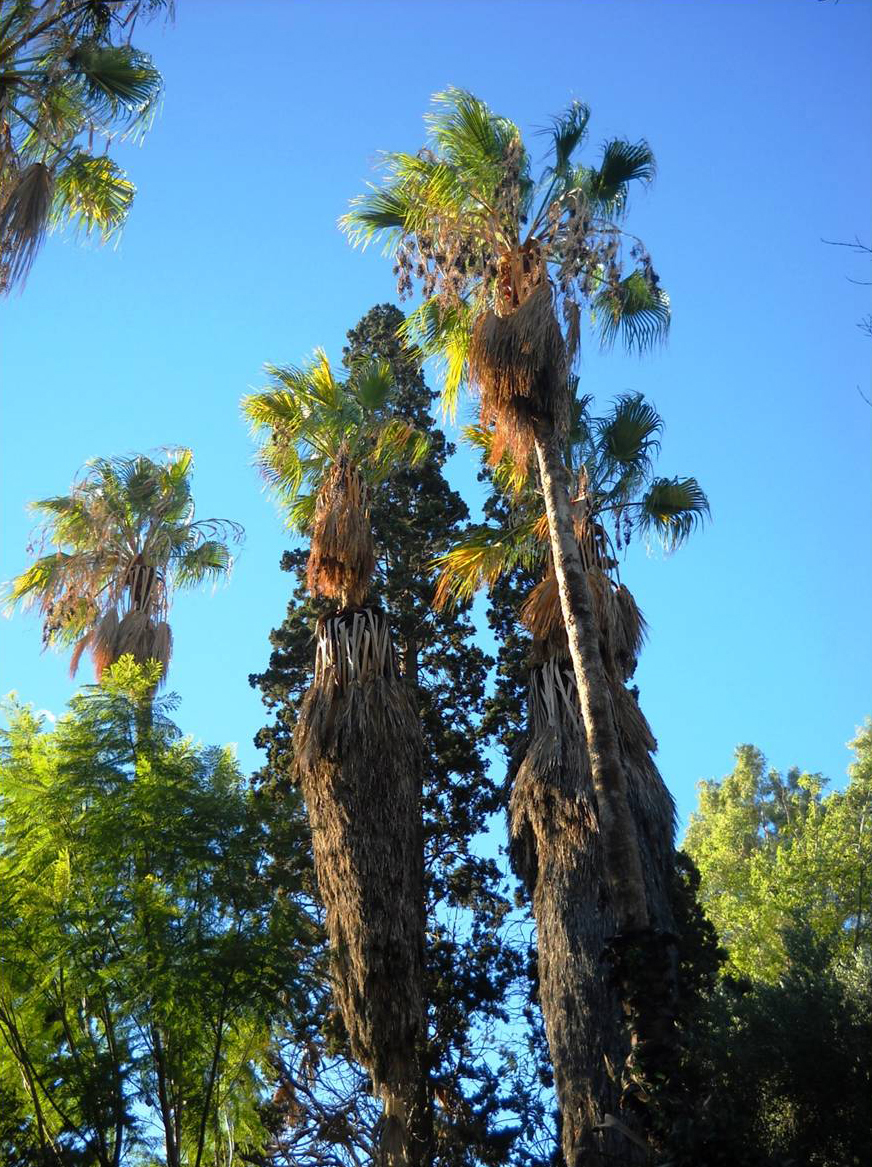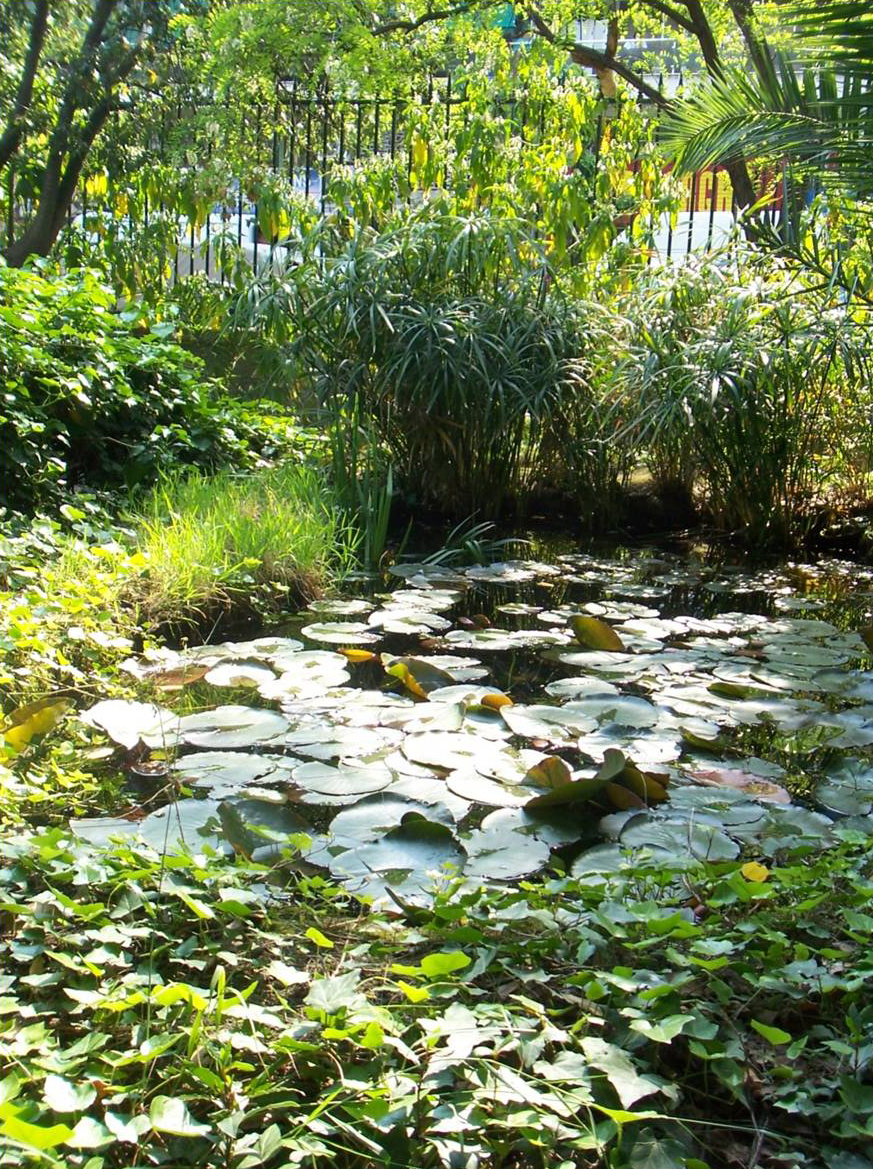Identity
The Botanical Garden of the University of Athens is an open museum where plants of usually known origin and identity are cultivated and preserved, with support areas (workshop, showroom, storage areas, security facilities, office). The main objectives are: Education (of the students and staff of the University of Athens and all of the Garden’s visitors on the many aspects of Botany such as the history of plants, the use of plants by humans in nutrition, economy, medicine, and pharmacy, plant diversity in different parts of the world, plant evolution, raising awareness for the protection of the environment, etc.). Research (methods of cultivation and reproduction of plants, the study of the impact of different cultivation parameters on the survival and conservation of species, adaptating to climate change phenomena, experimenting in Ecological Restoration, etc.). Conservation of rare species (ex situ conservation and reproduction of rare and endangered plants, reintroducing plants into their natural environment). Relaxation and spiritual euphoria for the visitors in an area with various cultivated plants, flowers, and a peaceful atmosphere. The Botanical Garden of the University of Athens is not just an amusement park nor a simple green site.
History
The Botanical Garden of the University of Athens was created on the public property of Haseki, an area of 120 acres on Iera Odos. This estate was used as a nursery for trees since 1836 and as a Botanical Garden since 1838, when Professor of Botany (Phytology) at the University of Athens was Karl - Nikolas Fraas. In 1847, T. von Heldreich was appointed custodian or cultivator of the Botanical Garden. The reorganization of the Garden took place mainly after 1851 by T. von Heldreich and T.G. Orphanides. They, in the meantime, had been appointed prefect and professor at the National University of Athens, respectively. At that time, the Garden was supplied with 2500 plants mainly through exchanging seeds from Greek plants with those from gardens of other countries (France, Italy, and Germany). At the same time, two greenhouses were constructed. The Botanical Garden was recognized as a scientific branch of the University of Athens with the February 24, 1867 Law. In 1888 with a Royal Decree, the Triantafyllidio Agricultural School was founded in Votanikos. In 1897 it was converted into an Agricultural Station. In 1914, it was converted into a Nursery and Gardening Station and with a 1915 Royal Decree into an Agricultural School. Since then, most of the Garden has been transferred to the development of premises for the Agricultural School of Athens. Initially, the University of Athens retained around 25 acres, of which today remain around 7, and these constitute the historic Botanical Garden of the University of Athens. The Botanical Garden was at its peak from 1965 to 1982. An annual list of collected seeds for exchange (Index Seminum) was published and was exchanged with other Botanical Gardens worldwide. During this period, it was staffed with a custodian (until 1972), a guard, 2-4 gardeners, and at least four collaborating members from the Laboratory of Systematic Botany of the University of Athens. Thus, the number of cultivated plants reached high levels (more than 1000 species, with the more significant number in 1971 when it reached 1350 species). After 1982 the seed catalog ceased its publication due to a lack of staff and money. In 1994 the catalog was republished but for a few years only. Today, all activities of the Botanical Garden are suspended due to a lack of funds and staff. An effort is made to preserve the historic trees of the Garden and protect its areas.
Types of audiences
In case of reopening, the Garden could serve the teaching and research activities of the members (teaching staff and students) of the Department of Biology and many other Departments of the University of Athens. The live plant collections should be available to the entire academic and research community worldwide and other Botanical Gardens in Greece and abroad. Primary and secondary school students with their teachers and escorts could visit the garden premises. Furthermore, the Botanical Garden addresses any group, regardless of age, interested in the cultivated plant organisms, the training it provides, and the research it performs. Finally, the Garden is valuable to every visitor who seeks moments of relaxation and tranquility, especially within the urban fabric.
Collections & Exhibitions
The historic age-old trees that grow in the Garden are the most important current exhibitions.
Events & Activities
The Botanical Garden has suspended its operation and does not develop events or exhibitions. It is currently not open to the public for visits or other activities.
Accessibility
The Botanical Garden is developed on a single level and has walkways free of vegetation that allow physically challenged people’s and their escorts’ movement. In the case of the Garden’s reopening, access can be made through the main entrance on Spyrou Patsi Street.
Terms of Operation
The Botanical Garden has suspended its operation. It is not currently open for public visits and other activities.
Director: Zacharoula Gonou-Zagou, Assistant Professor, Department of Biology
Decision of Establishment
It is mentioned that the Botanical Garden of the University of Athens was founded in 1835, when a Royal Decree "on the establishment of neophyte plants" created the "Botanical Garden in Athens, which will be used in the Natural and Historical Society, the medical schools and the higher schools".







